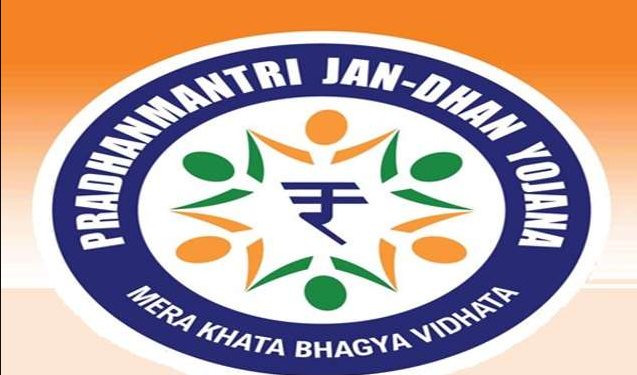Dr Bhaskar Nath Biswal
The ‘Pradhan Mantri Jan Dhan Yojana’ (PMJDY) launched by the Central government on August 28, 2014 has completed seven years of successful implementation. In the first week of its implementation, the Department of Financial Services, Government of India, made a Guinness World Record by opening 18,096,130 bank accounts. During the last seven years the accounts have grown three-fold from 14.72 crore in March 2015 to 43.04 crore as on August 18, 2021. The deposits in the Jan Dhan accounts have also grown sharply from `22,901 crore in March 2014 to `1,46,230 crore in 2021.
These figures speak volumes about the success of the Jan Dhan Yojana which contributed significantly to the financial inclusion and inclusive growth in the country. Around 67 per cent of the Jan Dhan accounts are from rural areas of the country and 55 per cent are women. In Odisha, there are 1.76 crore beneficiaries of which 1.38 crore were issued RuPay cards. Around 79 per cent of the beneficiaries belong to the rural areas, whereas 21 per cent are in urban and metro areas. Nobody can deny the fact that unless and until the lowest strata of the society is given access to the financial services like banking and insurance, the country cannot develop. The Jan Dhan Yojana proved government’s efficacy in reaching the unreached.
In the beginning, the scheme envisaged universal access to financial literacy and financial services like access to credit, insurance and pension with at least one basic banking account for every household. The basic features of the scheme are – no requirement to maintain any minimum balance in PMJDY accounts, interest is earned on the deposit in PMJDY accounts, Rupay debit card is provided to PMJDY account holder, accident insurance cover of `1 lakh is available with RuPay card issued, overdraft (OD) facility up to `10,000 to eligible account holders and eligibility for Direct Benefit Transfer (DBT), Pradhan Mantri Jeevan Jyoti Bima Yojana (PMJJBY), Pradhan Mantri Suraksha Bima Yojana (PMSBY), Atal Pension Yojana (APY), Micro Units Development & Refinance Agency Bank (MUDRA) scheme.
The government launched the PMJDY 2.0 in 2018 with new features and enhanced the benefits. In PMJDY 2.0, the government shifted the focus from ‘Every Household’ to ‘Every Unbanked Adult’ and free accidental insurance cover on RuPay cards doubled to `2 lakh for PMJDY accounts opened after August 28, 2018. At the same time overdraft (OD) limit was also doubled to `20,000 and the facility of over draft up to `2,000 without conditions were introduced.
The programme has made a significant impact on the lives of the people of unbanked and unreached clusters who were brought into the folds of financial inclusion. Bank statistics say that the average balance in these accounts which is hovering around `3,000 to `3,500 is an indication of regular usage of the beneficiaries. The massive financial inclusion is visible and it is supported by the revelation of the Global Findex data base of the World Bank. As per the Index, the number of people above 15 years in the lower middle income group reached 80 per cent compared to 53 per cent in 2014.
Opening a bank account is not enough, but operation of the account is important. Until the beneficiary realises the need to keep the account active and utilises it prudently, the fruits of financial inclusion may not be available. In August, the Finance Ministry informed Rajya Sabha that 5.82 crore PMJDY accounts are inoperative, which is around 13 per cent of the total beneficiaries. As per the guidelines of the RBI, an account is assumed to be inoperative or dormant if there are no transactions in the account for a period of two years.
However, the benefits of financial literacy can be achieved when the beneficiaries will have access to formal credit facilities. The pandemic exposed the difficulties one can face when there is no financial planning to meet the emergencies. Apart from that, it highlighted the usage of digital banking which is to be taken to the nook and corner of the country. As time and distance matters much to the people of the rural areas, digital banking will be of much help, provided network is available. Proper credit delivery models are to be found out to suit the beneficiaries. Appropriate data related to the income and expenditure of the Jan Dhan beneficiaries is collected to come out with the right strategy. Apart from financial inclusion, these steps will help the beneficiaries to attain financial empowerment.
The writer is the Head, Department of Commerce, Nowrangpur College, Nabarangpur, Odisha. Views are personal.







































